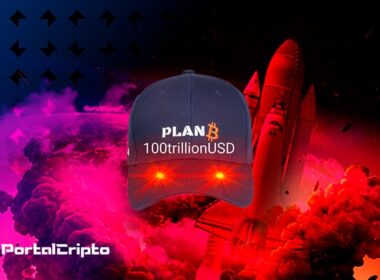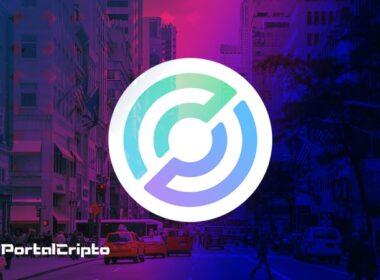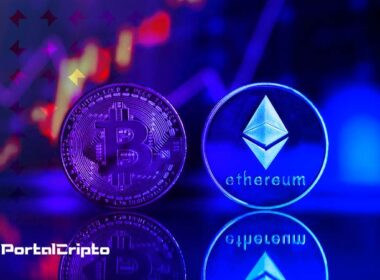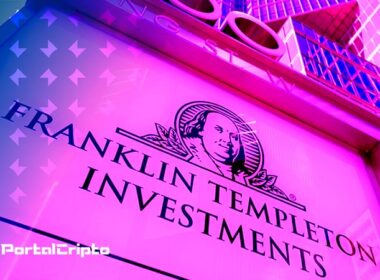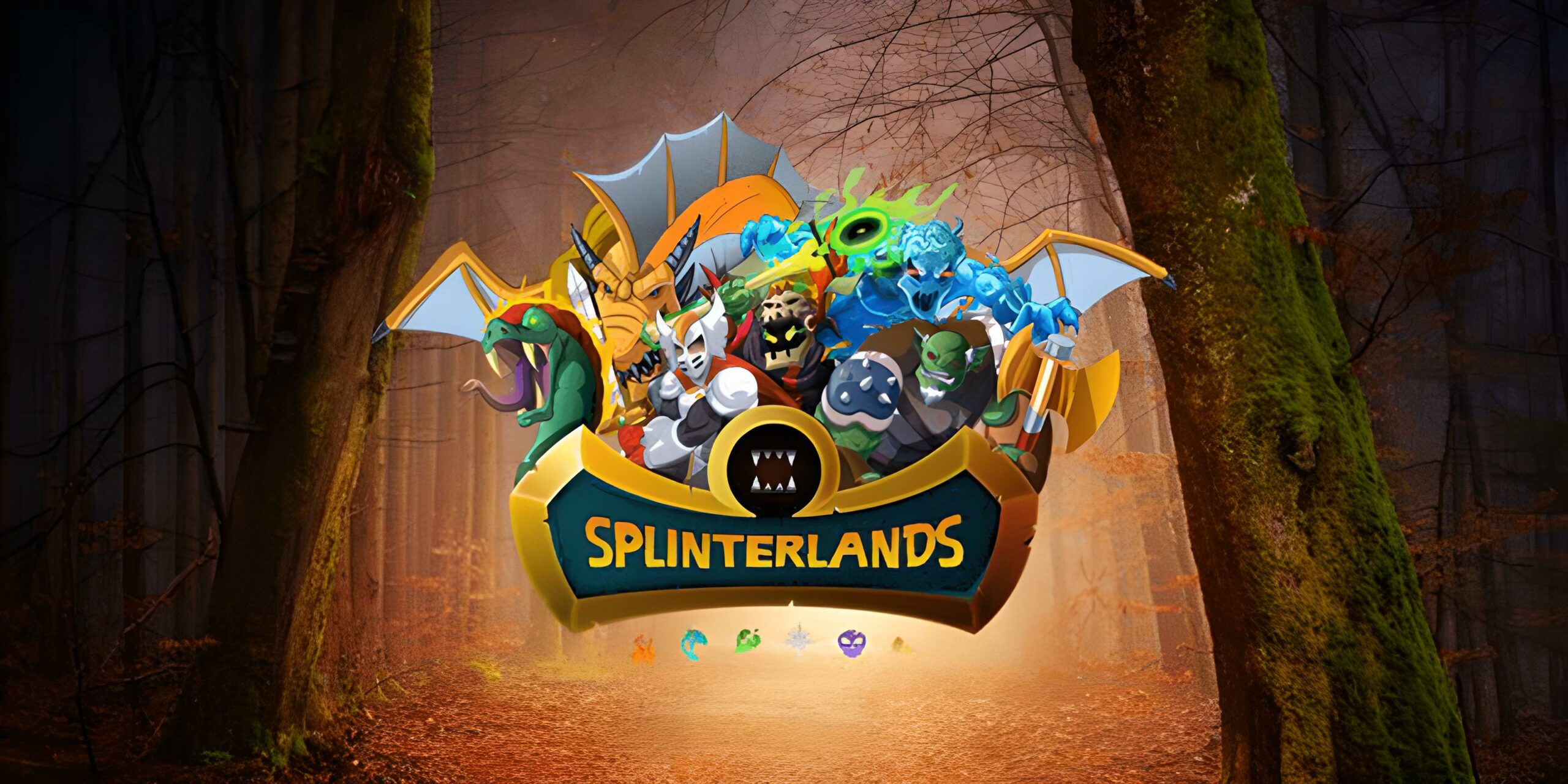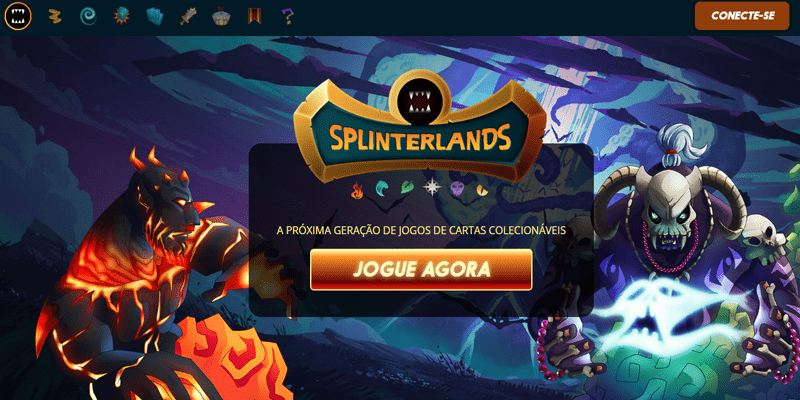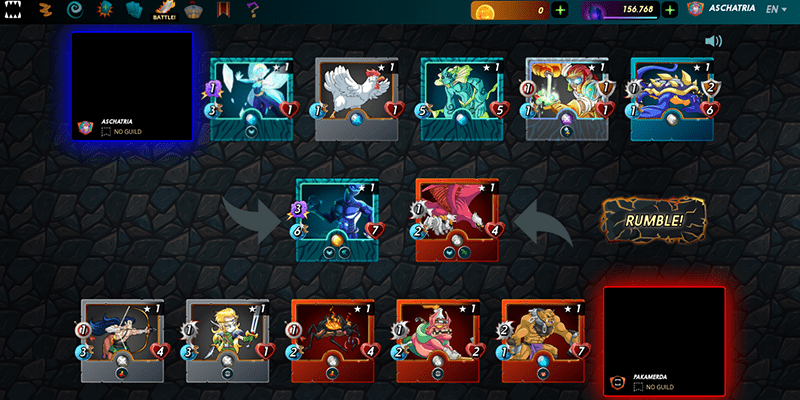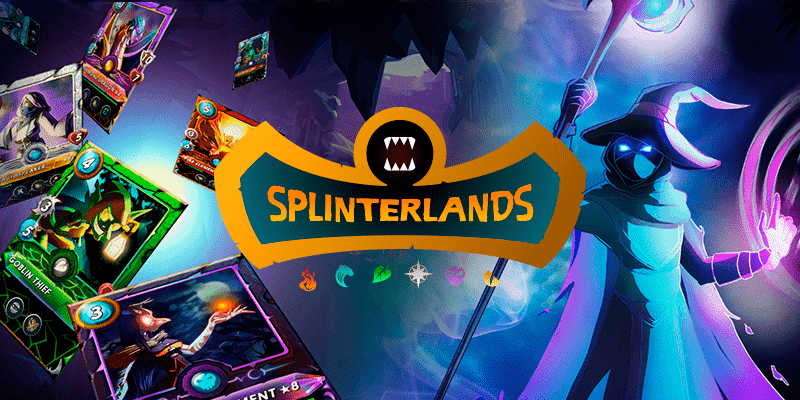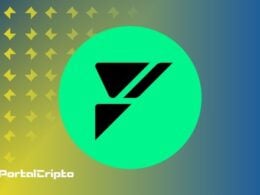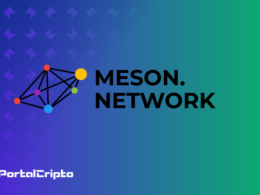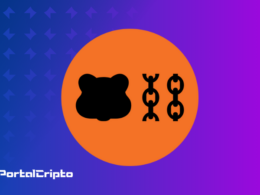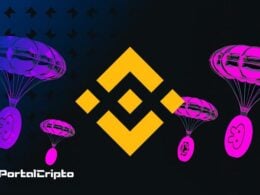Splinterlands is an auto battle card game where each card is an NFT collectible. Built on the Hive blockchain, Splinterlands features daily quests, seasonal rewards every two weeks, guilds, a tournament system, and an in-game market that includes secure card rentals. Players can earn rewards in cards and tokens just by playing. Land gameplay is expected to arrive in late 2022. Read on to learn more about Splinterlands.
In this article, we will discuss:
What is Splinterlands?
Splinterlands is a Hive chain collectible card game. Traditional collectible card games have inherent flaws when they go digital. For example, your business cards may be deleted due to inactivity, your account deactivation, and more. This is not the case with Splinterlands, which allows players to own their cards as non-fungible tokens (NFTs). The game's collectible cards are limited in number, which adds to their value, with approximately 500 of these playing cards in existence today.
The game is free to try and you only need to spend $10 to unlock its benefits. It also runs on several other blockchains such as Ethereum, Tron and WAX. Splinterlands even makes earning easy for players who are not familiar with cryptocurrencies. After logging in to the site, a Hive cryptocurrency wallet will be automatically created for you.
Splinterlands is named after one of the game's features, "Splinters/Elements". Cards employ powers from different shards/elements when in battle – Neutral, Dragon, Death, Life, Water, Fire and Earth. By winning matches and completing missions and other activities, players can earn two types of in-game currency: Splintershards (SPS) and Dark Energy Crystals (DEC).
How does the Splinterlands platform work?
Splinterlands provides a platform for card lovers to play, trade and earn in-game rewards on their desktops and mobile phones. Currently, the game offers more than 283 cards that players can combine to increase their character skills and become stronger. There are seven stats that define how good a player is: speed, armor, mana cost, and different attack types including ranged, magic, and melee. Splinterlands have different “factions” also known as “Splinters”. Each card belongs to a certain faction: Fire, Earth, Dragon, Death, Life, Water and Neutral (mercenaries). To gain an edge over other players in Splinterlands, there are various Rarities and Abilities.
Splinterlands offers a variety of in-game activities for players to participate in and earn rewards daily. There are several ways to play, including missions, ranked matches and tournaments. Players participate in the game on many different levels to earn card packs, rarity, magic potions and the most unique item which is Dark Energy (digital currency that is used to buy items in the in-game store). Players in Splinterlands can combine cards to improve their levels, rent cards to other players, or convert their cards into various cryptocurrencies.
Splinterlands gameplay
Summoner's Spellbook
To earn rewards and have full access to the game, you will need to purchase the Summoner's Spellbook when registering, which is available for $10. You can play the game for free, but you will have limited access and you will not be able to earn anything.With the purchase of Summoner's Spellbook, you will receive a set up Hive Wallet and 3.000 credits, which you can immediately use in the in-game store or to buy or rent trading cards in the market.
Once you have enough playing cards, you can join the battle. While you might want to dive right into the card game, you'll first need to learn some basic skills and strategies if you want to win a game. You can learn by watching battles, playing training matches or even challenging other players.
card battles
When you're ready, you can engage in battles. There are two types of battles: Modern and Wild. The Modern format only allows you to choose the most recent edition cards, while you can choose all cards in the Wild format. Each card lists attributes that indicate the card's power. There are two types of cards — Summoner and Monster/Unit. Cards are classified as follows:
- Stats: Mana Cost, Splinter/Elements, Abilities, Armor, Attack, Speed and Health.
- Rarity: Common, Rare, Epic and Legendary
To win your battles, you'll need to be strategic with the cards you choose. You can only choose one summoner and six monsters/units. Focusing on either type of battle will determine your league path – modern league or wild league although you can also advance in both if you wish. Your gathering power and ranking points will also decide your advancement in the league. You can increase your collection power by earning, earning, buying or renting cards. In addition to individual cards, you can purchase special card packs called Booster Packs to further increase your collection power, especially since each Booster Pack contains a high-level card.
Unlike other similar online card games, Splinterlands is fast paced. Each battle only takes a few minutes to complete. By winning games, you can earn rewards such as more cards or Splintershards tokens. As you continue playing and completing other tasks, you can level up to open more treasure chests and earn more rewards. Cards aren't just used for battles. You can also combine them to upgrade your card levels, collect them, trade them in the market, or earn passive income from them by renting them out to other players.
How to play Splinterlands and earn money?
First of all, you must have a wallet set up, you can use MetaMask, which is one of the most popular and easy to set up. Through it you can manage the tokens you will earn. You will also need to register on the official website of Splinterlands. Once you've done that, you're ready to start this new experience.
Upon entering the game, you will receive a set of cards of the common type and some rare ones. These cards will be the first ones you can use for battles and will always be available. But they will be 'Ghost' cards as these cards will not be owned by you, so they are not NFTs you have rights over.
However, if you don't want to buy cards from the in-game market, you can use these free cards that the game offers to participate in your first battles. Or you can also rent cards while in the Rookie or Bronze leagues. After winning a few games, you can certainly start buying your own better quality cards. All the cards you acquire on your own will be NFTs that you can use to combine them and improve their stats, level up, sell them, trade them or collect them to use them in your fight deck.
Prepare your battle in Splinterland
You must learn to configure battles to participate in them. The first thing you have to do is go to the 'Battle' page and click on the 'Ranked' option, then the system will look for you in a battle where you can compete against an opponent of the same level as you. After that, you will see a popup notifying you that a suitable opponent has been found for you. At this point, you will need to click on 'Make Team'. This is where you will be able to assemble your deck of cards and you must take into account the following aspects:
Choose a summoner according to your playstyle. You must have designed a strategy for melee or ranged damage. Be aware of the mana limit. When you see the amount of mana, you must make a mental calculation of the amount of mana each summoner and monsters will need. Select them so that you can manage your mana efficiently.
Choose the best position for your cards. Ranged monsters should be in the second and third positions, while melee monsters should be in the first positions. When you have all these aspects configured for your strategy, click on the 'Battle' button and you will see how your summoner and each of the monsters or cards will be arranged. Click 'Rumble' and the battle will begin.
Battles usually last a minute, remember that if you're using the free cards, you won't have much power over your opponent. However, you should study the attributes of each of them to make the most of the features you have.
Rewards for victories in battles
If you are the winner against your opponent, you will be rewarded with DEC (Dark Energy Crystal), the currency used in the game. With DECs you can buy other monster cards or improve the ones you already have. In addition, each battle won helps to improve your position in the rankings and thus you will progress in the different leagues.
Cards in Splinterland
Splinterland offers us six different Splinters, elements or Splinters that must all be of the same type when creating your battle team. The different Splinters are: Fire, Water, Earth, Life, Death and Dragon.
Within the cards, you will notice that there are Summoner and Monster types, so for your battles you should always choose a Summoner or Summoner card and up to 6 Monster types. This is because Summoner cards are those with powers that directly affect Monster cards. Summoners can have more health, stamina, armor and other attributes which vary depending on the summoner you choose. Every card you buy in Splinterland is an NFT with unique attributes. You will be able to manage it as such and it will be your entry on the path that allows you to generate income within the game.
How to make money with Splinterland?
The first thing you must do to be able to generate real money within Splinterlands is to acquire an accessory called the 'Summoner's Manual'. This accessory costs $10 which you can pay with PayPal or other cryptocurrencies and will give you access to daily missions and all rewards for each season. You will also be able to trade in the in-game market, unlocking the highest rarity cards and one of the most important, unlocking DEC rewards.
Once you've acquired the Summoner's Handbook, the biggest trade in the game that will bring you the most income will be trading cards. When you win battles, you can be rewarded with some DEC, with which you can upgrade your cards to sell in the market or leave them to use in your deck and increase your chances of winning more battles. And therefore more rewards for you.
But in addition to DEC, you can receive potions, packs and card packs as a reward. You should know that you have different chances of getting any type of card. You can get lucky in a battle and get an Epic card with a high market value as a reward. Each of these items is fully tradable on the in-game market. Also, you can exchange DEC for other tokens and cryptocurrencies until they are converted into your local currency.
SplinterlandsBot
The idea of using bots to play Splinterlands is controversial across the board. On the one hand, some hardcore gamers see this as cheating. Others want to grind, so why not if a bot helps with that? After all, Splinterlands is a P2E game where users earn passive income. However, even with this heated debate, many people are using bots and maximizing rewards in the process.
How much can a user earn with a bot?
There are different Splinterlands bots, and each has its own unique selling point. But we come across many stories of people who have benefited greatly from this strategy. One story that caught the eye involves a user with multiple accounts who was able to return his investment in just five weeks. Working with the Splintermate bot, this particular person manages 19 accounts and the ROI numbers are staggering.
There's nothing wrong with using bots to play Splinterlands. As long as users are not violating the terms of service in the P2E game, they can use as many bots as they want. In addition, bot usage also needs to be placed in the proper context. If, for example, you don't have time to play games or maybe you are disabled for whatever reason, it is within your rights to employ a bot and earn that passive income in the process.
How does this affect the gaming experience?
There has been a fundamental shift in the way play-to-win games are structured in recent years. In the past, the focus was mainly on playing to win, so users worked technically. But that model was unsustainable. If users don't find the game fun, the income incentive won't be enough to keep them. Additionally, P2E earnings are not guaranteed and often plummet or rise depending on game dynamics and reward token exchange rates.
That's why a new concept of playing and winning has gained traction. Here, it's not about passive income, but about the overall gaming experience. Opponents of Splinterlands bots argue that the large-scale use of these bots poses a significant risk to the quality of the game. After all, it would be such a boring thing if someone found out they were playing against a bot all along. Also, the last thing Splinterlands needs is bot versus bot gameplay. The game has always insisted that its main objective is to create a robust and active community of players.
Impact on the game economy
Arguments have also been made that the expansion of the use of bots could have adverse long-term effects on Splinterlands' in-game economy. You see, the success of any P2E game is determined by how well it is able to attract and retain new users. For most games, a new user usually means a new investment, as people will spend money to try and improve their experience. However, a person running a bot is not necessarily a new user.
So if, for example, you open 100 Splinterlands accounts and run hundreds of bots, you'll want to spend as little investment as possible. While bots take so much from the game, they give so little, and eventually, the game economy will inevitably collapse. However, some also argue that bots can help increase demand for in-game assets, including cards. This means that the value of these assets increases and everyone else within the gaming ecosystem benefits. Furthermore, when asset prices increase, they often have a significant effect on increasing enrollment. If people see the value of NFTs in the game going up, they are more likely to sign up.
The unfair advantage for other Splinterlands users
The arguments and counter-arguments against the growing use of bots in Splinterlands make sense. But there is one variable that is worth considering. What if you don't have the technical knowledge to set up a bot? Or maybe you don't dare to make the investment necessary to acquire these technologies? Does that put you at a disadvantage?
Because at the end of the day, two types of people play Splinterlands. The first category are those who want to maximize earnings and don't care much about the game. The second category is the person who plays because it's fun. How will attitudes towards gaming change if bots replace the majority of users?
What will Splinterlands do?
There is no explicit policy at Splinterlands against the use of bots. In fact, it is widely accepted that bots can make it easier for people to find opponents, and just like a real user, you still need to invest in cards, even as a bot owner.
So there is value. But we also have to assume that, at some point, the game might decide to draw the line. If, for example, it is determined that game dynamics are significantly biased towards bot users, this could force Splinterlands to explore ways to limit their use. Also, it won't be the first time a P2E game has taken this approach. Axie Infinity, one of the biggest NFT-based P2E games, cracked down on bot creation. Other web3 applications such as STEPWOMEN, also did the same.
So while, for now, using bots in Splinterlands may seem routine, it's only a matter of time before the game becomes restrictive. This, however, will depend on whether using the bot adds value to the game in a way that outweighs the possible side effects it can have on gameplay.
Different games have different needs
It would make sense for most P2E games to limit bot usage as much as possible. But it is important to note that the games are different. Some are suitable for bots, while others are not. Splinterlands is without a doubt a game where bots can, in fact, provide more advantages to players. It's just about having clear rules about how this automated game is deployed.
SPS token
Among all the rewards you can receive while playing this collectible card game, the two Splinterlands tokens, SPS and DEC, are the most valuable outside of the game. Let's take a closer look at them and their role within Splinterlands.
Splintershards (SPS) are deeply rooted in the game's lore. It is said that these rocks, which give the Council of Mages their immense power, emerged through the great Splintering and were deposited in Splinterlands. As more Splintershards join, they can produce enough energy to change the landscape within the game.
On a more realistic level, the SPS is a cryptocurrency token on the BNB Chain (formerly Binance Smart Chain) that grants decision-making power to stakeholders, players, and others. SPS can also be used for oracle rewards, Guild Fights and land expansion in the near future.
SPS has a maximum supply of 3 trillion tokens and a current circulating supply of approximately 489,72 million (as of September 23, 2022). New SPS tokens are regularly added to the various reward pools at 37.500.000 tokens per month, which decreases at a rate of 1% each month. Rewards will stop after 65 months, after which no more new SPS tokens will be created.
Splinterlands DEC
Dark Energy Crystals (DEC) are used in-game to buy or rent cards for battles. DEC tokens are earned by betting them on liquidity pools or winning matches. You can also trade DEC or buy them with fiat currencies outside of the game.
Dark Energy Crystals (DEC) are truly the lifeblood of the game, giving players the opportunity to earn real money by playing Splinterlands. Firstly, Dark Energy Crystals (DEC) are earned by players in the game every time you win a ranked battle. Being NFTs, each Splinterlands card also has a DEC write value assigned to it.
It allows players to choose to sell their cards on the open market as NFT assets or burn them immediately for the assigned DEC value. This value is based on several factors, including its leaf, set, rarity, and BCX number. Players can then quickly and easily trade their DEC for USD, BTC or any other cryptocurrency of their choice using decentralized exchanges on Ethereum, BSC or Hive.
Where to buy SPS token?
The SPS token can be purchased on several major cryptocurrency exchanges, some of the biggest are: MEXC, Deepcoin, CoinTiger and Bitrue.
Is Splinterlands free to play?
Yes, it can be played initially free-to-play. This is critical for new players who want to familiarize themselves with the game and play some battles. However, if you want to unlock the daily quests, seasonal rewards, unlock cards, buy/sell on the market, and the ability to earn DEC currency, an initial investment of $10 is required to purchase the summoner manual.
Conclusion
Splinterlands it is an attractive NFT game among all others. The hype and the way it entertains its players makes many newcomers to join the platform. If you are a lover of NFT games, try out Splinterlands and have fun earning some money in addition to the fun. PortalCripto hopes that the article has brought the necessary information about splinterlands.
